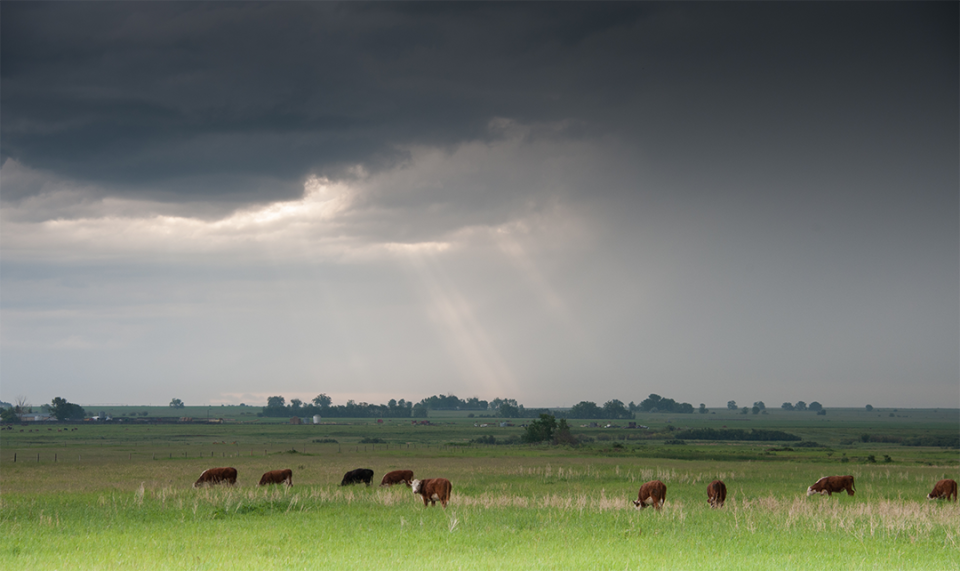
Pasture and Forage Minute: Understanding Fall Dormancy in Alfalfa, Planning Summer Grazing
Fall Dormancy in Alfalfa
The time for spring planting alfalfa is just around the corner and two traits often confused are fall dormancy and winter survival. Let’s look at fall dormancy today.
Fall dormancy is a measure of an alfalfa plant’s ability to regrow in the fall after harvest and spring following winter. It is scored on a scale ranging from one to 11, with one being most dormant and 11 the least. Higher dormancy means a harvested plant will focus its resources in the fall on building reserves to survive the winter and less on new growth.
This tendency toward slower regrowth manifests throughout the year, with less dormant varieties typically recovering faster in the spring and producing overall higher yields. Another role dormancy plays is keeping plants from starting growth during the random warm-ups in the fall and winter months. Plants that break bud during these periods are subject to winterkill.
Finally, fall dormancy can impact the harvest timetable. Lower dormancy rated alfalfa plants will regrow slower after harvest as well. This translates into more time to remove forage from the field before “windrow disease” and field traffic become a concern.
In the past, fall dormancy traits were linked with winter survival. With new varieties, this isn’t always the case, so fall dormancy needs to be evaluated on its own.
Variety selection depends upon your management, production goals and ability for a stand to make it through winter without sacrificing additional yield. If you have regular issues with stand winterkill, a lower-rated variety with improved dormancy is our best bet. In Nebraska, we recommend dormancy ratings one through five.
Planning Summer Grazing
While we are still just in late winter, it is never too early to start thinking about the coming spring and summer’s grazing and forage plans. For those areas in eastern Nebraska that had drought conditions last year, keep in mind that the combination of drought and heavy grazing can lead to reduced pasture production this year, even if we get near normal rainfall. For those pastures, slightly delaying turnout this spring will allow those grasses to accumulate some growth and help in the recovery process.
While most areas have received some good snowfall or rain this winter, there is always some uncertainty as to how much spring and summer precipitation we will get. So, the key first step is to develop or adjust a good drought plan for your operation.
For native grass pastures, it is recommended that some form of rotation grazing be used for a set of those pastures. Each year, a key part of a plan should be to avoid grazing the same pasture at the same time each year.
Seeded annual forages are another option that can be used to supplement any grazing needs. For spring or cool-season annual forages, the planting period is typically late March to early April. This would include things like oats, field peas or other spring cereal grains. With that planting date, these would provide grazing beginning in late May through early July.
For the summer annual forages, the planting period is typically late May and on into the summer months. This would include things like forage sorghum, sudangrass, sorghum-sudan hybrids, pearl millet and foxtail millet. Additionally, other species or legumes that are typical of some cover crop mixes could be part of the package as well. With a late May or early June planting of a summer annual, grazing should be available in July.
Planning ahead can help make your forage season run smoothly.
Online Master of Science in Agronomy
With a focus on industry applications and research, the online program is designed with maximum flexibility for today's working professionals.
